
Download the PDF of this article
It was ‘one small step for man, one giant leap for mankind’ when Neil Armstrong walked on the moon 50 years ago. To celebrate the anniversary of the Apollo 11 moon landing, children at Yellow Dot Nursery in Ampfield, Hampshire, part of the Bright Horizons Family Solutions nursery group, have been role-playing following in the astronaut’s footsteps. The moon and astronauts are endlessly fascinating for children, but winter is a good time to explore them, as days shorten and the moon rises before children might be heading for bed.
At Yellow Dot, the children were able to find out more about the moon through workshops delivered as part of Mini Professors’ early years science programme. The company partnered with the UK Space Agency to deliver special moon-related science activities, with the aim of highlighting the achievement and milestone of the moon landing and looking at the actual science of the moon – how it was formed, how it moves and why it has craters on its surface.
‘Science is all around us and we are always reinforcing that message in everything we do,’ says Sophie Allnutt, who co-founded Mini Professors with Emily Whyte. ‘The anniversary of the moon landing was the perfect opportunity to showcase the true wonder of science to young children and to enthuse them on the importance of continued innovation in our world.’
TAKING FLIGHT
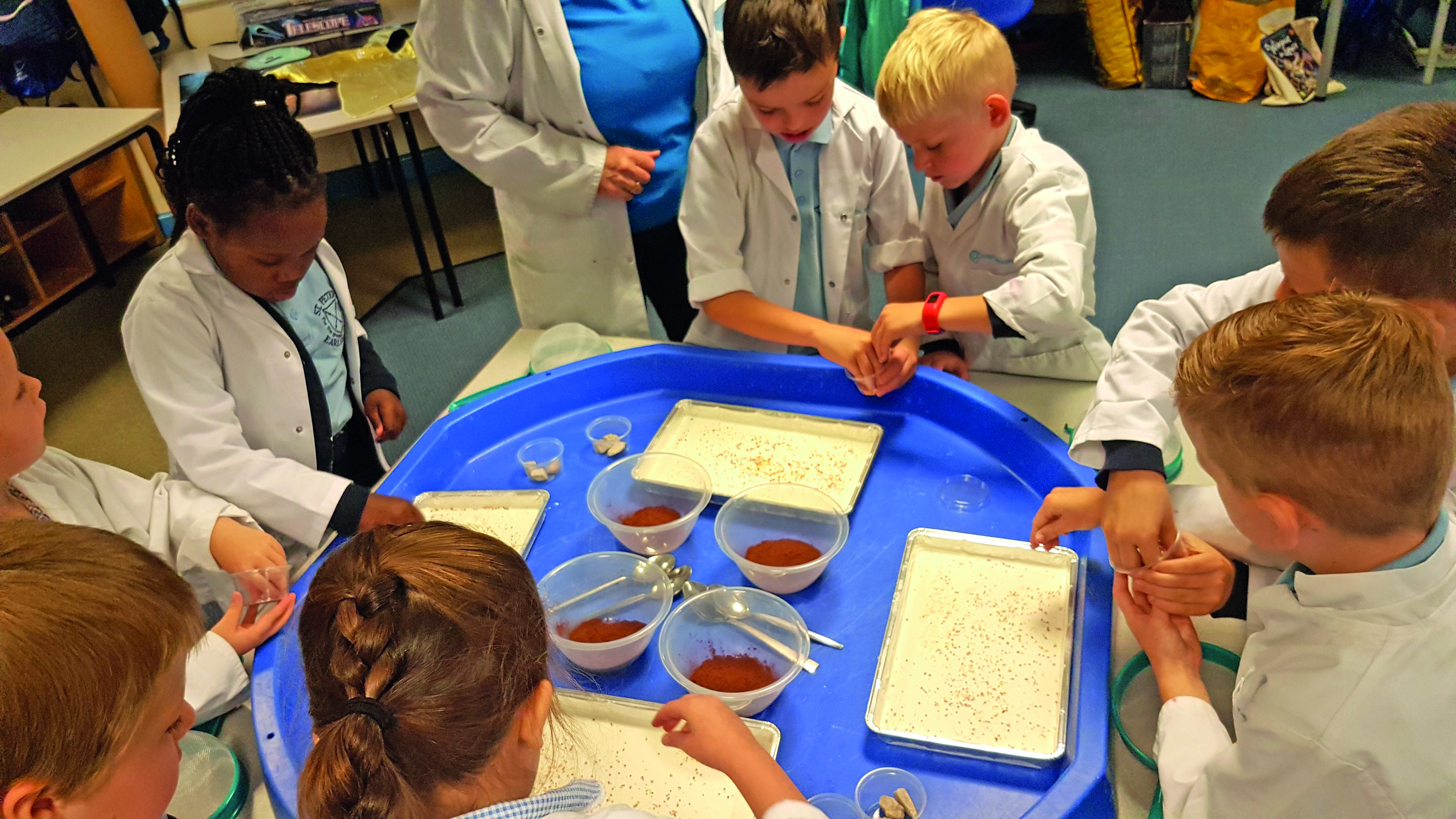
Yellow Dot transition room manager Sam Gale says the children are often fascinated by space and especially things that fly, so they were particularly inspired by the talk of a spaceship landing on the moon.
To introduce the children to the topic, they watched a short film about going to the moon. Ms Whyte challenged them to guess how far away the moon is and got them to imagine travelling there. It took more than three days for Apollo 11 to enter orbit around the moon, so she spoke to the children about how the astronauts ate and showed them freeze-dried space food.
She says how the astronauts go to the toilet is always a fascinating topic for young children. They learnt that on the International Space Station they have a toilet where their feet are strapped down to prevent them from moving, and their waste is vacuumed out of the toilet.
‘Children loved finding out that the wee is treated and recycled while poo is freeze-dried and ejected from the space station. We can actually see the station from earth, it looks like a shooting star,’ adds Ms Whyte.
They then conducted a couple of experiments to find out about the phases of the moon. They discussed how when we look at the moon it appears to change its shape depending on its position as it orbits the Earth, and the Earth’s position as it moves around the sun.
‘We like the children to get hands-on in workshops because they learn more while they are doing and it also introduces skills such as co-operating with each other, turn-taking and developing their fine motor skills,’ says Ms Allnutt. ‘An added appeal to this activity is that it involves Oreo biscuits.’
The children were shown how to split the Oreo and then use a plastic knife to scrape the cream off to make the new moon with no cream, waxing and waning crescent moons, half moons and the full moon. They looked at the different shapes and put them in the order of how the moon changes every 28 days.
COMETS AND CRATERS

After considering what different shapes the moon can look like from afar, the children then looked at pictures showing what the moon’s surface looks like. They saw that the moon is uneven and that there are millions of distinct craters.
Ms Whyte explained how craters are holes and dents in the moon’s surface, many of them formed thousands of years ago when comets, asteroids and meteorites – different rock-like objects – crashed into the surface of the moon. ‘Unlike on Earth, there is no wind or erosion to get rid of the craters,’ she adds.
She set up an experiment to allow the children to investigate for themselves how craters are formed by putting a large tuff tray on the floor covered first with white flour, then rainbow sprinkles and finally brown cocoa powder. ‘The children took turns to drop stones onto the tray to replicate a meteorite hitting the surface and they saw that the white flour would come to the surface and leave ejector patterns,’ says Ms Whyte. ‘The children liked to throw the stones and see the cause and effect.’
Staff encouraged the children to drop the stones from different heights and angles and look at the different patterns and range of sized craters that they made. ‘They saw the difference between the smaller objects and the larger ones and could see the craters that were left behind,’ says Ms Gale. ‘We asked questions such as, “If you drop it from higher up, will it leave a bigger hole?” and “What impact does it make if it’s lower?” The children also found out that if they dropped the stones at a certain angle, they would bounce.’
The children were interested to learn that a large meteorite hitting the Earth many millions of years ago led to the dinosaurs being wiped out.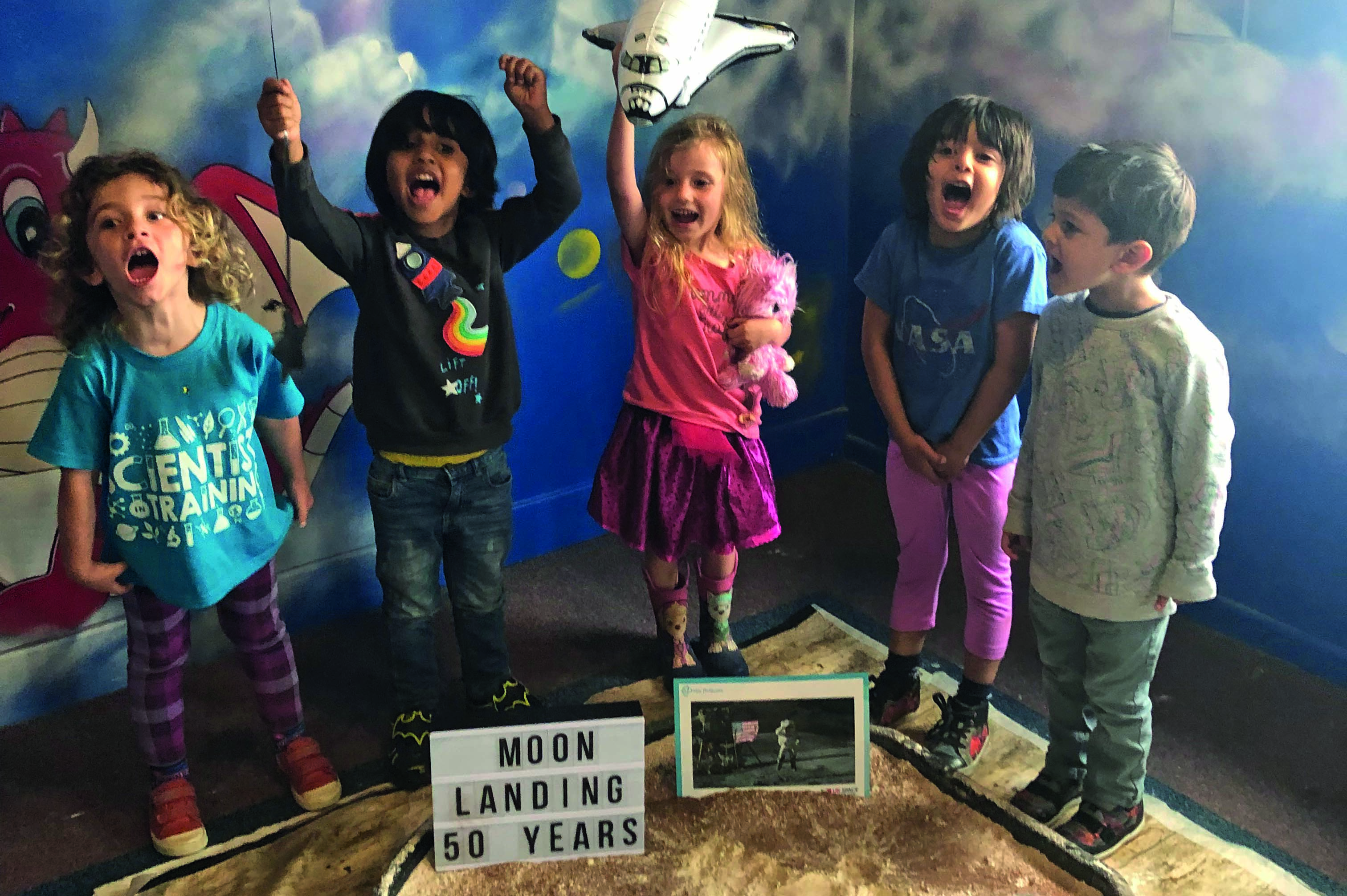
AROUND THE EARTH
After conducting the experiments, the children continued to be interested in the moon and also the stars. ‘One child in particular was captured by the experience and was using all the correct vocabulary and talking to his mum about what he’d done and learned,’ recalls Ms Gale. ‘Unfortunately, we did the activities in the summer so the moon wasn’t out before the children went to bed, but we continued to talk about it. We discussed how it travels around Earth and we used an atlas to show the children our world and shared fiction books with them about space.’
Children made mobiles out of sparkly materials to replicate the night sky and constructed rockets from junk modelling materials. ‘We discussed where the rocket was going to visit, were they flying to the moon or a planet?’ she says.
Children returned to the story of the moon landing and staff spoke to them about what astronauts wear and looked at pictures of moon buggies and talked about gravity and floating. Ms Gale adds, ‘Children were role-playing going to the moon by playing outside and jumping off our large tractor and pretending to land and walk on the moon.’
MORE INFORMATION
BOOK CORNER
Fiction
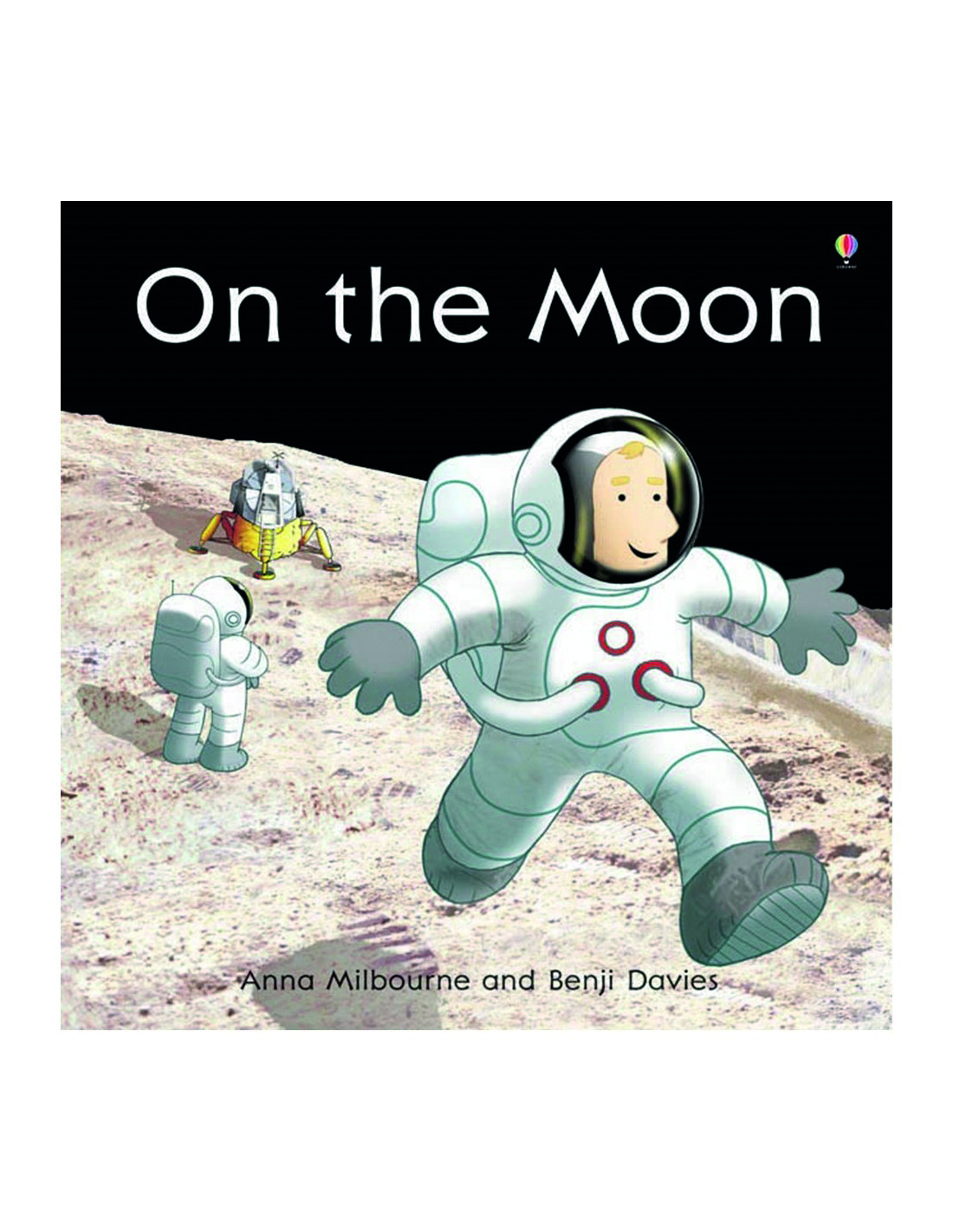
 On the Moon
On the Moon
by Anna Milbourne and Benji Davies
Introduce children to the vastness of the universe, how far away the moon is and what gravity is through this captivating story about an imaginative girl.
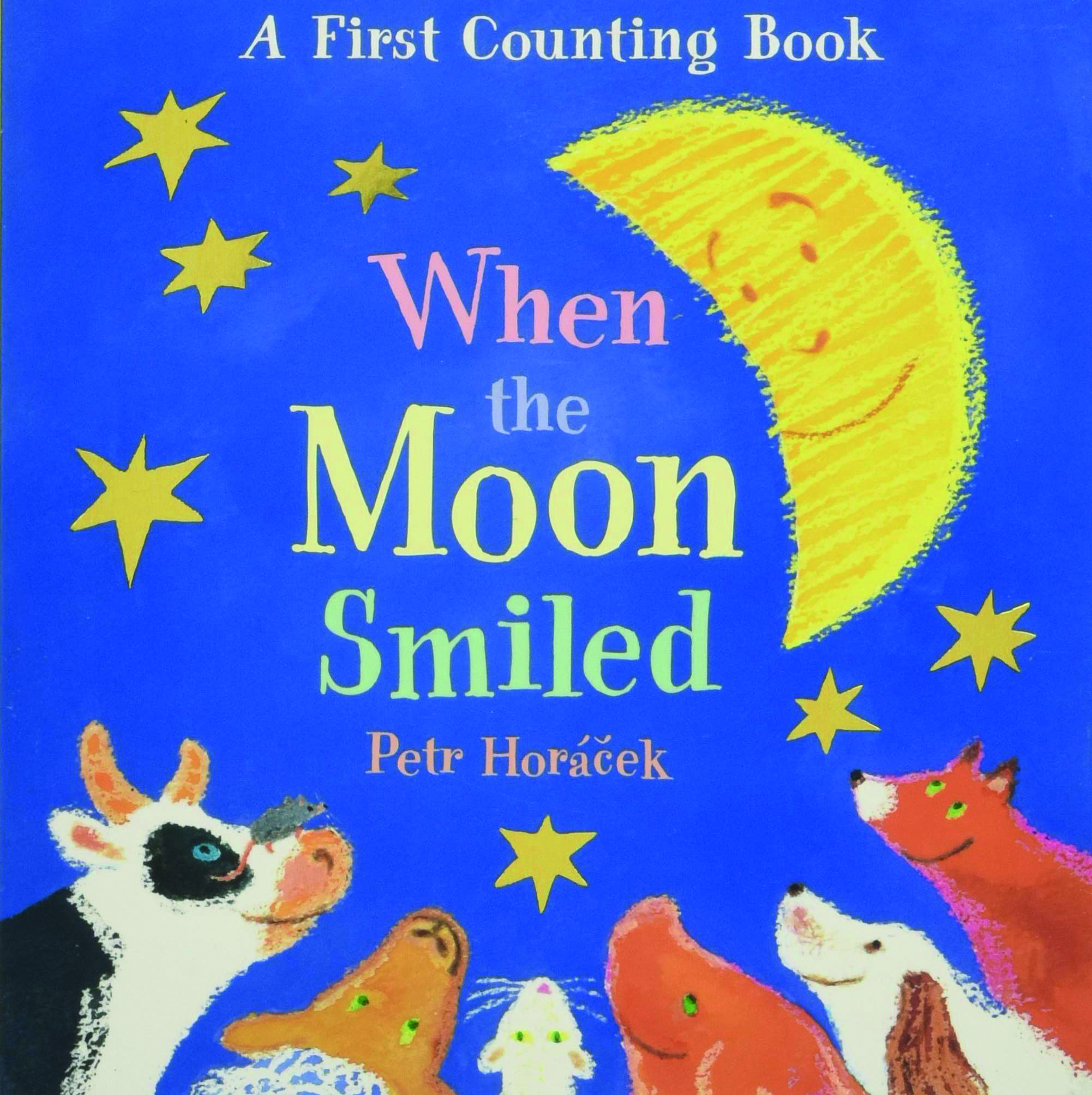 When the Moon Smiled: A First Counting Book
When the Moon Smiled: A First Counting Book
by Petr Horacek
It’s night on the farm, but the animals are topsy-turvy. The moon will only smile when things are put right.
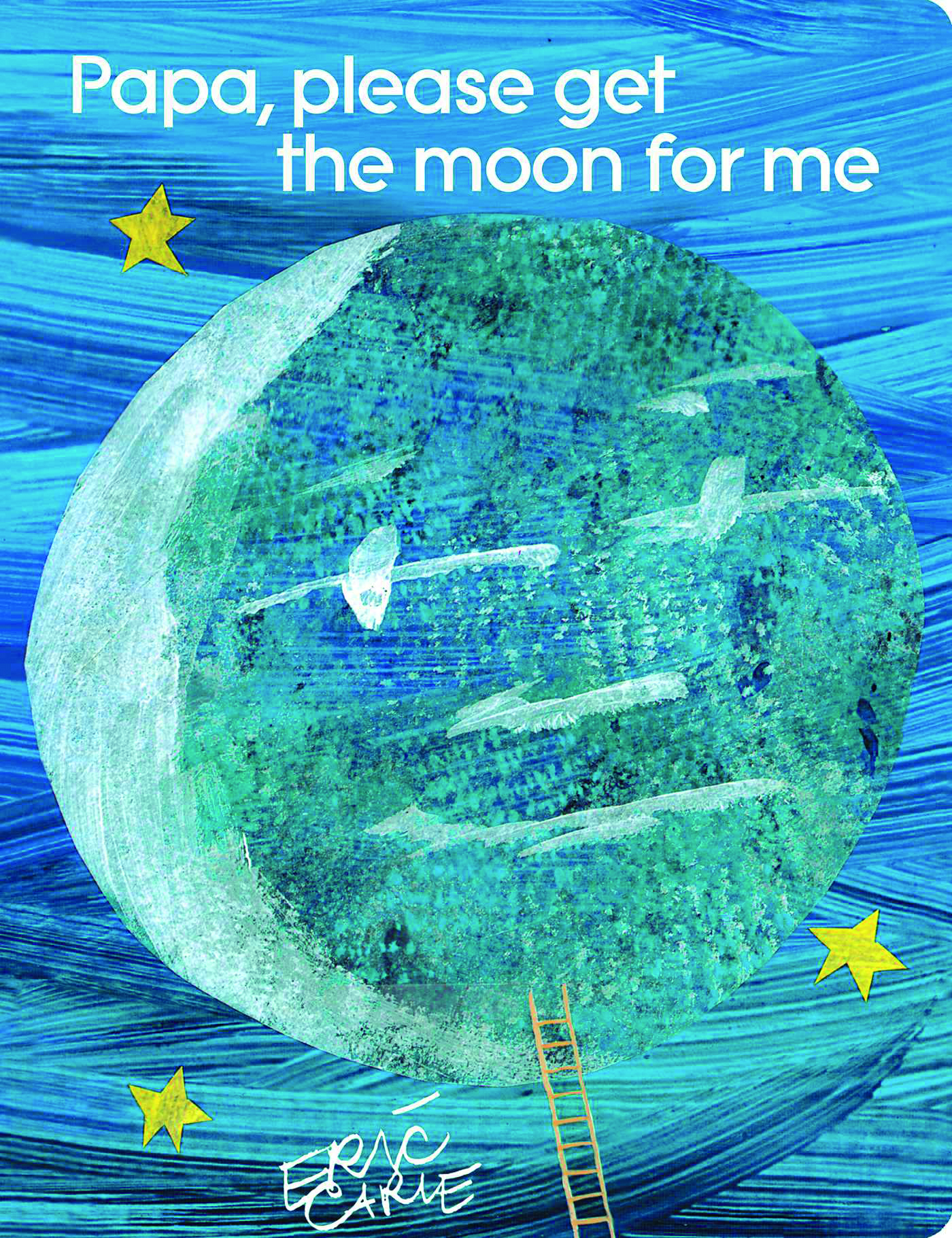 Papa, Please Get the Moon For Me
Papa, Please Get the Moon For Me
by Eric Carle
Monica wants to play with the moon, so her Papa sets out to get it. He finally gets there, only to find the moon is too big to carry home. What will they do?
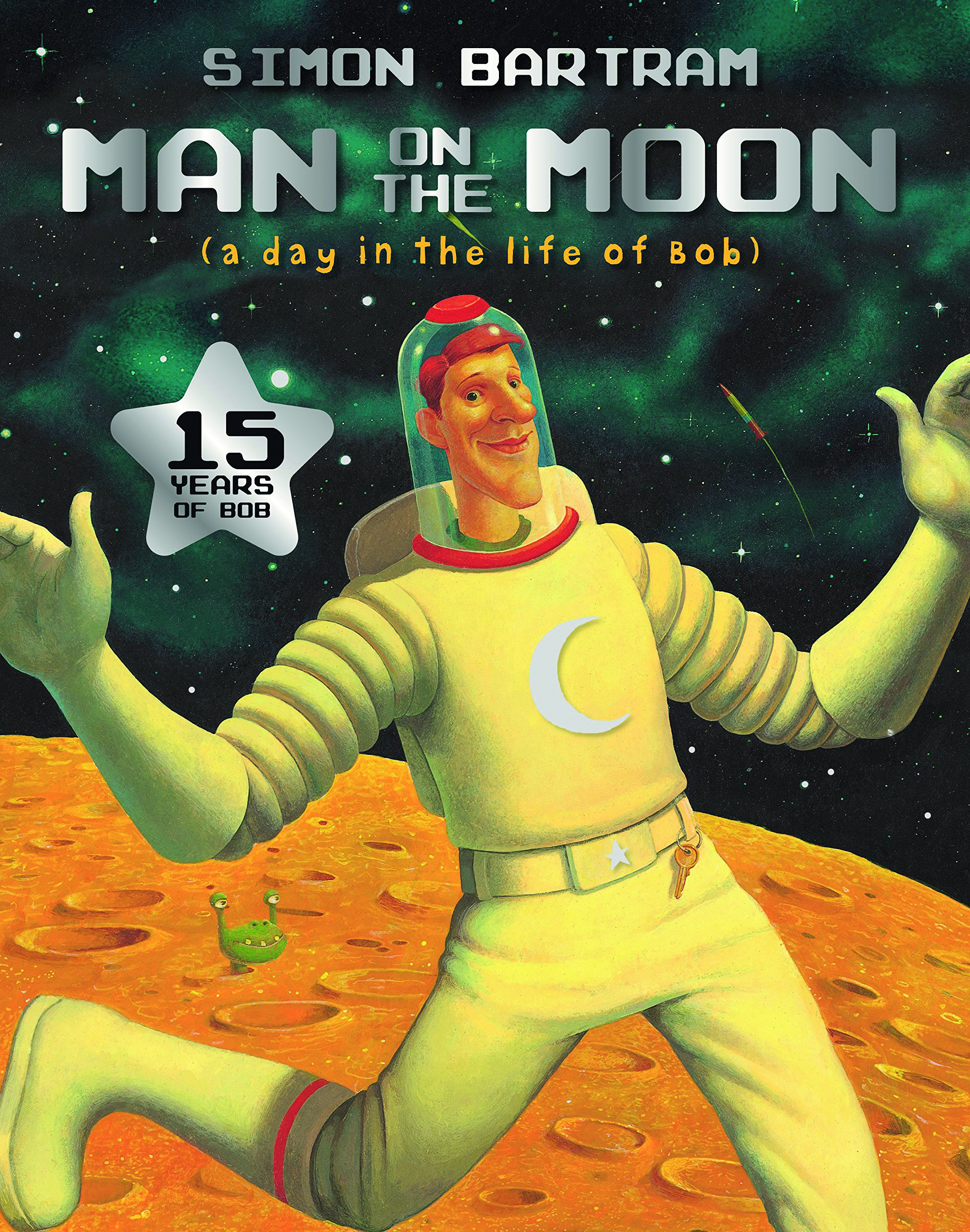 Man on the Moon
Man on the Moon
by Simon Bartram
Bob looks after the moon, keeping it clean, entertaining space tourists and giving guided tours. He knows everything about the moon and that there is no such thing as aliens!
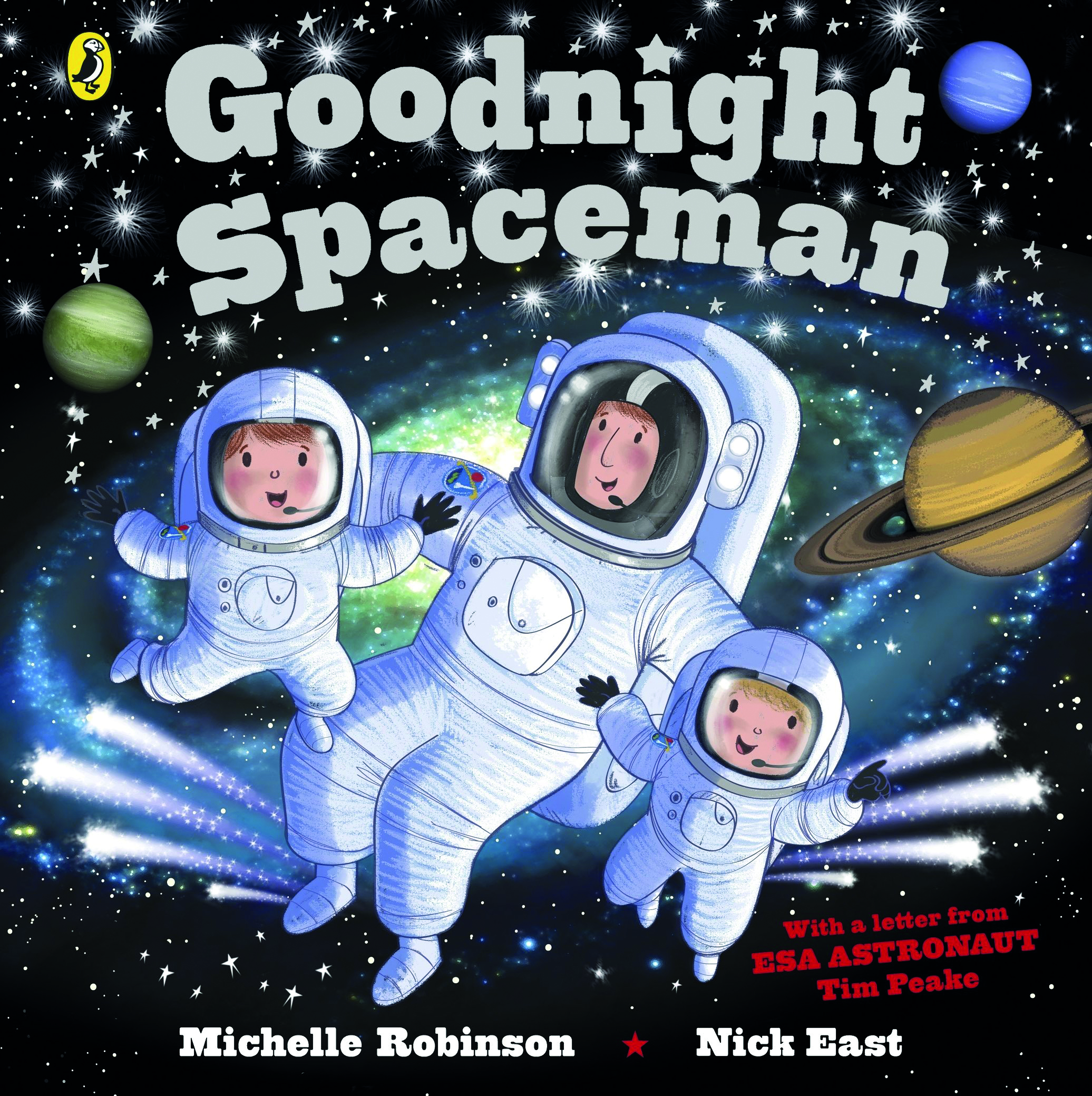 Goodnight Spaceman
Goodnight Spaceman
by Michelle Robinson and Nick East
Two space-mad boys get ready for bed and say goodnight to their toy rockets, launch pads and planet mobiles before being whisked into space on an adventure beyond their wildest dreams.
Non-fiction
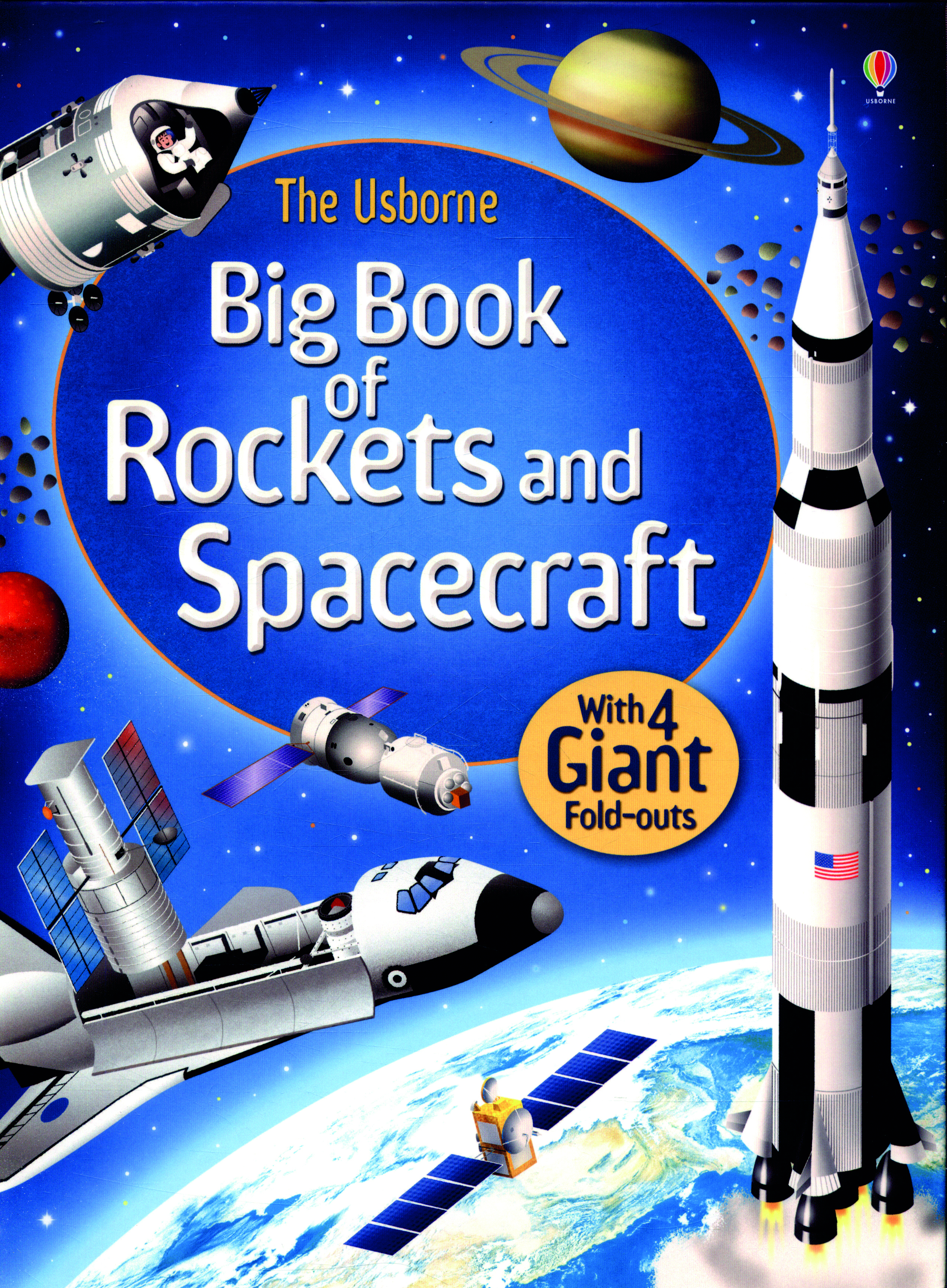 The Usborne Big Book of Rockets and Spacecraft
The Usborne Big Book of Rockets and Spacecraft
by Louie Stowell and Gabriele Antonini
From early rockets and moon missions to space stations and probes, learn what it takes to enter and live in space.
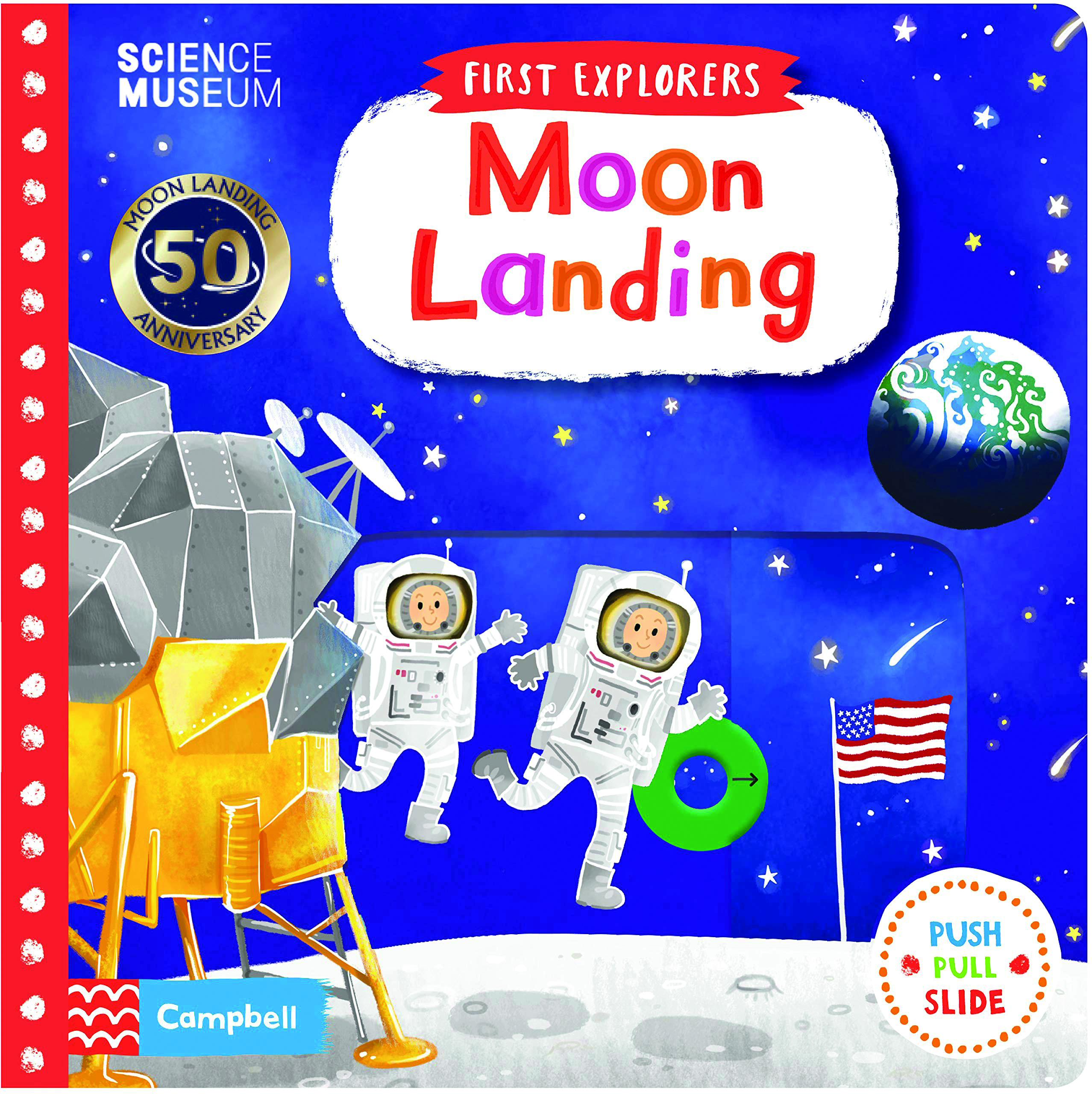 Moon Landing
Moon Landing
by Lon Lee
Blast off in the rocket, moon walk across the surface and splash back down to Earth with the Apollo 11 astronauts.
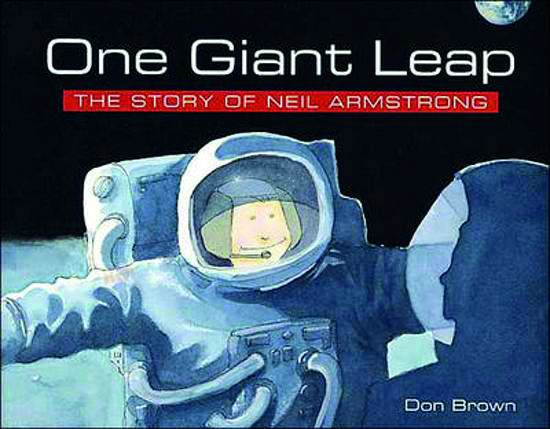 One Giant Leap: The Story of Neil Armstrong
One Giant Leap: The Story of Neil Armstrong
by Don Brown
This lyrical book traces Armstrong’s life through his childhood and years as a pilot and to the Apollo 11 moon mission.
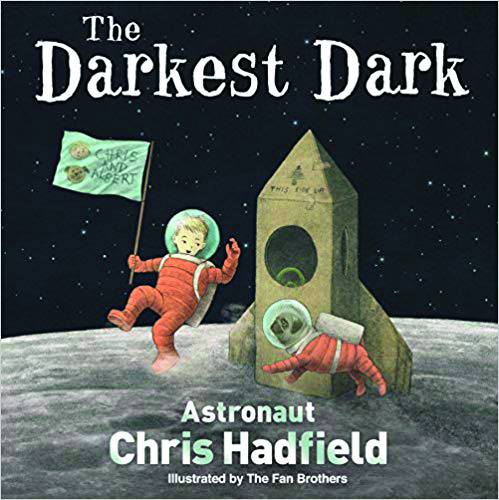 The Darkest Dark
The Darkest Dark
by Chris Hadfield and The Fan Brothers
Written by astronaut Chris Hadfield who faced his fears and, inspired by Apollo 11, went on to reach the stars.









